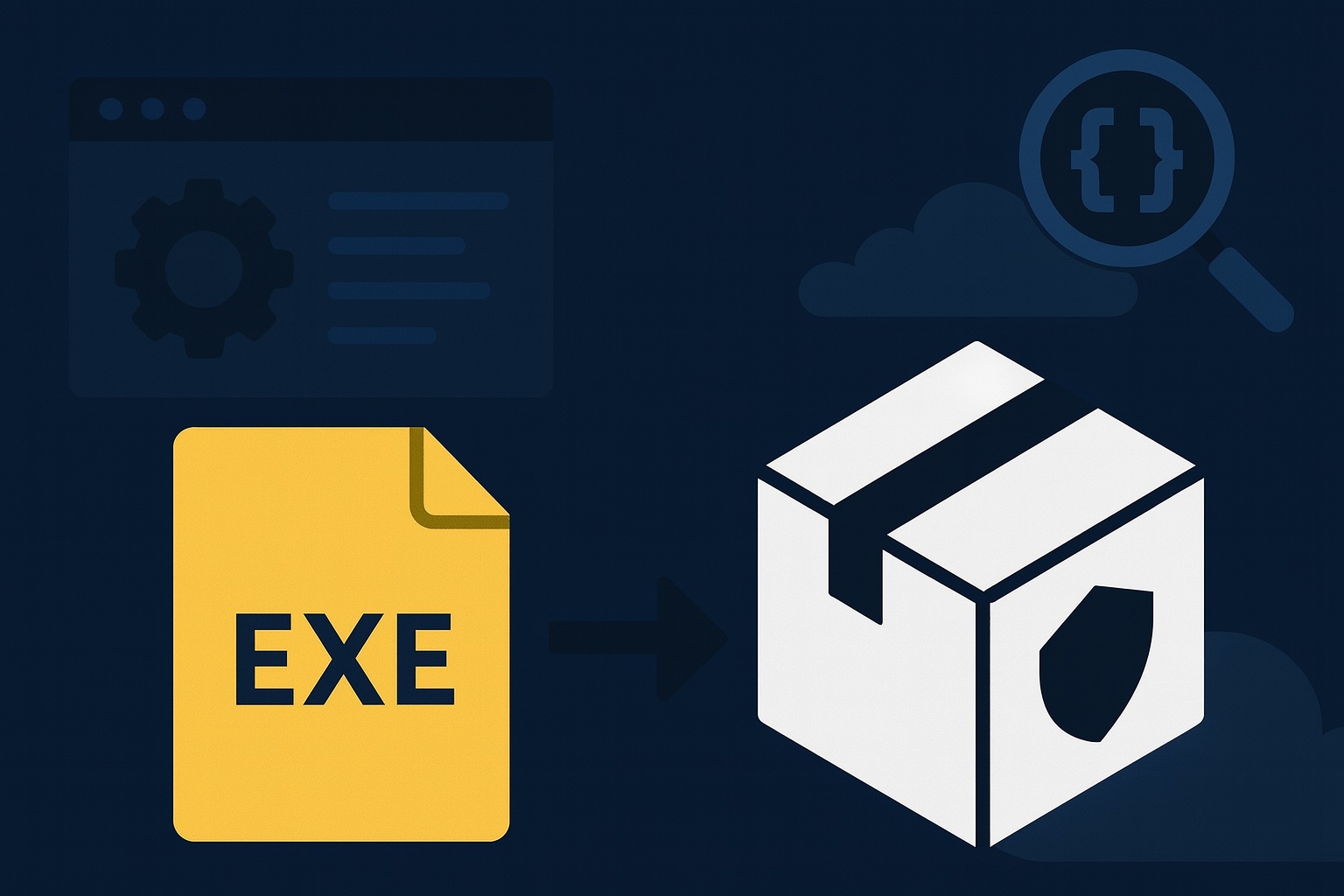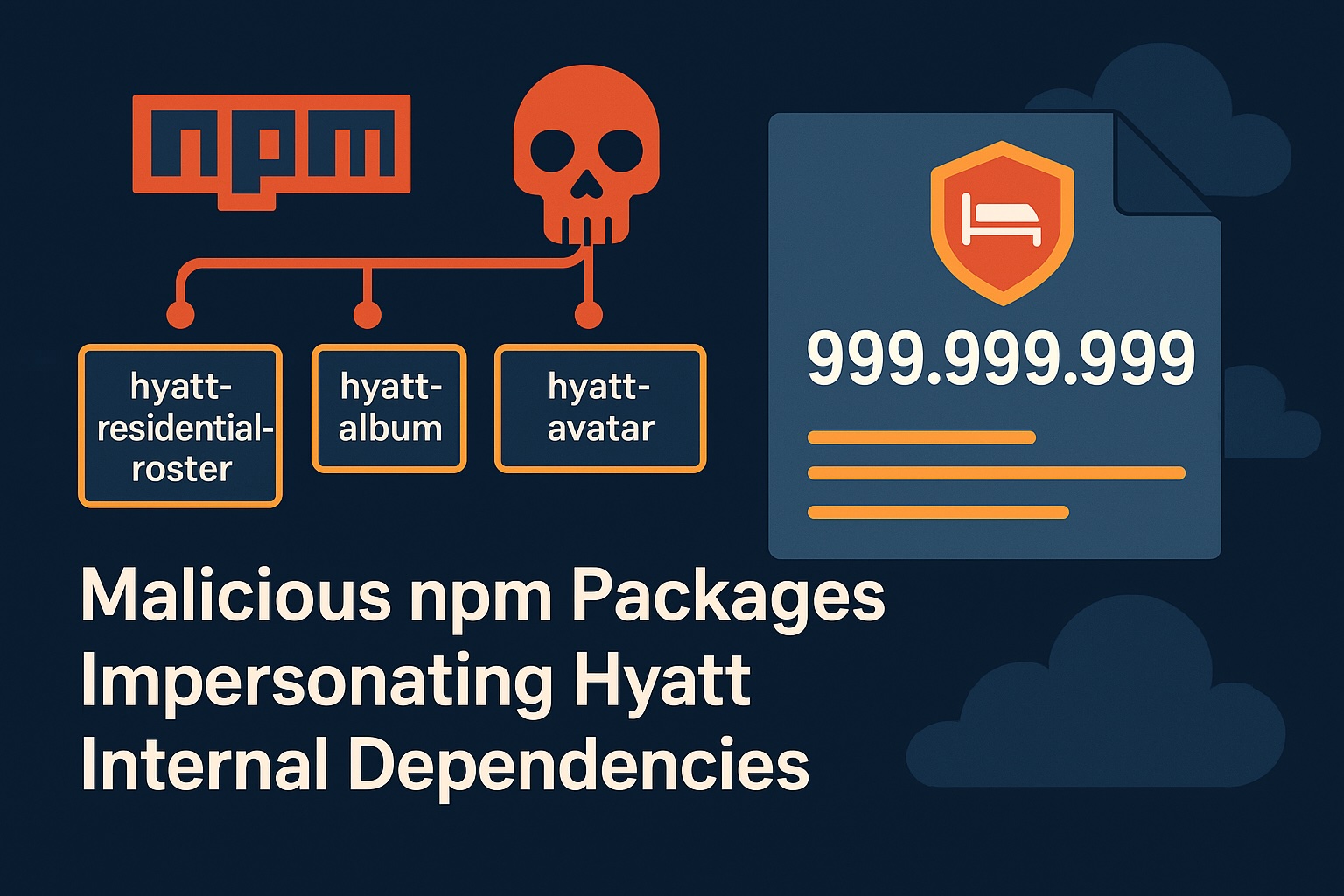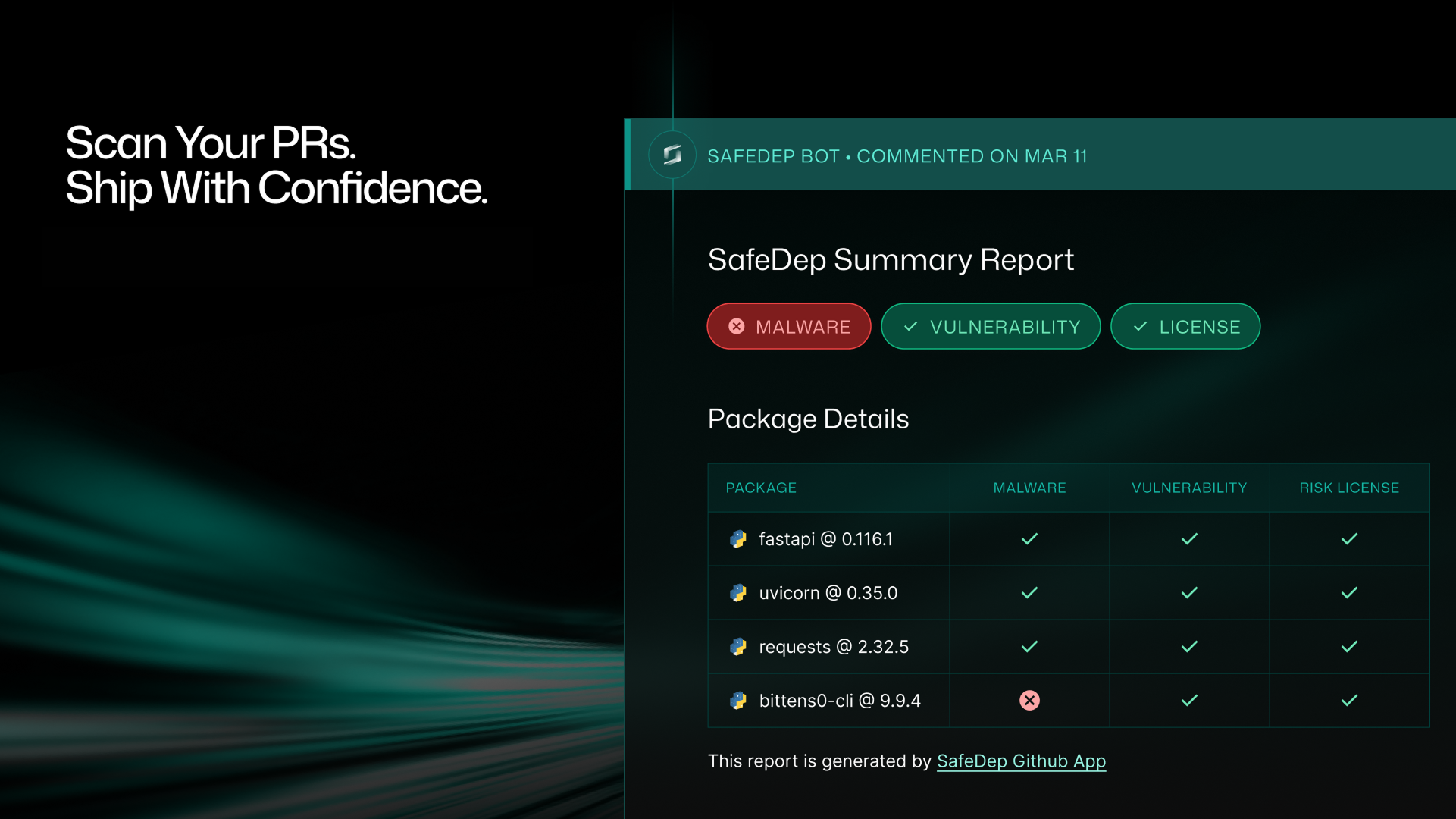License Compliance with SBOM
 Arunanshu Biswas
Arunanshu BiswasTable of Contents
Introduction
Most of today’s software heavily depends on open-source pieces. Sure, this speeds things up, but it also means juggling a lot of different licenses. If you’re a developer or a CISO, you need to make sure every library and component you pull in actually follows its license—otherwise, you are likely to face legal headaches or worse, security blind spots. That’s where a Software Bill of Materials (SBOM) comes in handy. SBOM can be thought of as a detailed “ingredients list” for your code: it lists each component, its version, and its license that went into building your software, whether directly or indirectly.
CISA puts it simply: an SBOM is a formal, machine-readable document that records every package you’re using—along with versions, licenses, and how those pieces relate to one another. In real-world terms, SBOMs give your team crystal-clear visibility into what’s under the hood. That way, you can spot vulnerabilities or license issues early and stay ahead of any surprises.
If you want to learn more about SBOM, check out our introductory blog on Software Bill of Materials.
SBOM and Open-Source License Compliance
Open-source licenses grant permission to use and share software, but they come with conditions. For example, permissive licenses (MIT, Apache, etc.) have minimal requirements, while copyleft licenses like GPL impose stricter obligations — such as a duty to disclose source code if you distribute a derivative work.
Failing to meet these obligations can lead to serious consequences: lawsuits, forced source code disclosure, or loss of intellectual property rights.
SBOMs really shine here. When you list the license details for every component in your SBOM, you’ve got one authoritative source to check for compliance. That way, if a GPL-3.0 library tries to slip into your proprietary codebase, you’ll catch it before it becomes a problem. Bottom line: SBOMs let you automatically keep tabs on open-source usage and license conditions, so you avoid accidental slip-ups and have proof you’re playing by the rules.
Using SBOMs for License Compliance in Practice
How do organizations actually use SBOMs to stay on top of license compliance? It starts with automating SBOM generation and then utilizing tools to analyze those SBOMs against your license policies:
Generate an SBOM for every build: Integrate SBOM generation into your CI/CD pipeline so that each software build produces an up-to-date SBOM. This can be done with open-source tools like Syft, CycloneDX’s own CLI, or SafeDep’s Vet tool.
Define your license compliance policies: Clearly specify which licenses are allowed, which are problematic, and which are forbidden from your projects. Many companies maintain a policy (oftentimes called a “license policy matrix”). As an example, permissive licenses (Apache-2.0, MIT, BSD) can be allowed, weak copyleft (LGPL) allowed under certain conditions, and strong copyleft (GPL, AGPL) or unknown licenses forbidden in proprietary code.
Automate license checks against the SBOM: Instead of manually reviewing each SBOM (which can be very large), using tools such as Fossa and SafeDep’s Vet can automate flagging any license that violates your policy.
Notably, this is where SafeDep’s open-source tool Vet comes in handy. Vet is a next-gen SCA (software composition analysis) tool that not only detects vulnerabilities and malware in dependencies, but also parses SBOM data and enforces policies as code. You can feed Vet an SBOM (in CycloneDX or SPDX format) and apply a license filter. For example, to ensure no GPL-3.0 licensed component slips in, you could run Vet with a policy filter such as
licenses.contains_license("GPL-3.0")and configure it to fail the build if such a license is found.Remediate and document: If a disallowed license is detected, the development team can then take action by replacing that library with an alternative, obtaining a commercial license, or open-sourcing the necessary code to comply. The SBOM serves as the reference for exactly which component needs attention. Once resolved, the SBOM (and a rerun of the Vet scan) will reflect compliance. It’s also good practice to document how each open-source component’s license obligations are being met.
By roughly following these steps, license compliance becomes a continuous process integrated into DevSecOps workflows, rather than a painful yearly audit exercise (and from experience, audits are never fun). The payoff is significant: organizations avoid last-minute crises like discovering a forbidden license days before a release, and they build confidence that they can pass any customer or regulator’s scrutiny of their open-source usage.
- sbom
- license
- compliance
- spdx
- mit
- safedep
- vet
- gpl
Author
Arunanshu Biswas
safedep.io
Share
The Latest from SafeDep blogs
Follow for the latest updates and insights on open source security & engineering

Curious Case of Embedded Executable in a Newly Introduced Transitive Dependency
A routine dependency upgrade introduced a suspicious transitive dependency with an embedded executable. While manual analysis confirmed it wasn't malicious, this incident highlights the implicit...

Contributing to SafeDep Open Source Projects during Hacktoberfest 2025
Learn how to contribute to SafeDep open source projects during Hacktoberfest 2025 and help secure the open source software supply chain.

Malicious npm Packages Impersonating Hyatt Internal Dependencies
Three malicious npm packages disguised as Hyatt internal dependencies were discovered using install hooks to execute malicious payloads. All packages share identical attack patterns and...

Ship Code. Not Malware. SafeDep Launches GitHub App for Malicious Package Protection
SafeDep launches a GitHub App for zero-configuration protection against malicious open source packages. Instantly scan pull requests and keep your code repositories safe from supply chain attacks.

Ship Code
Not Malware
Install the SafeDep GitHub App to keep malicious packages out of your repos.
